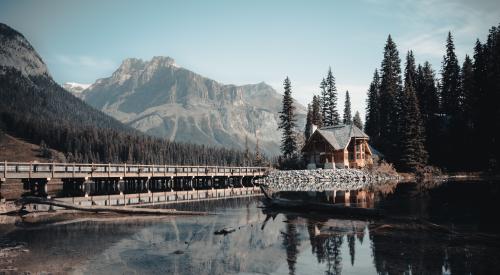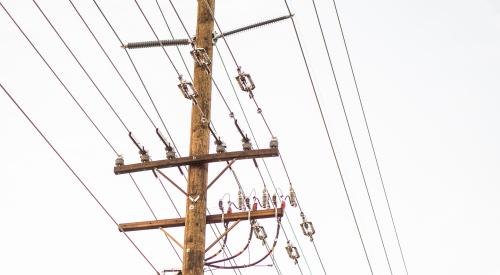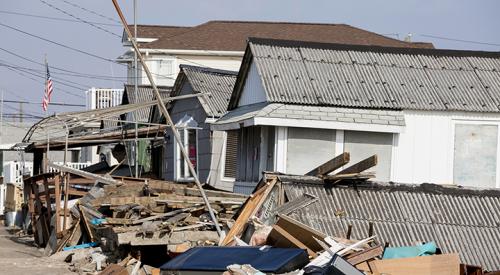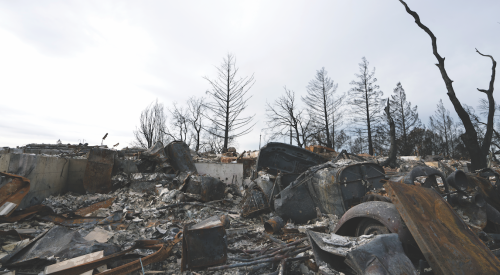Coastal communities are replacing storm-damaged homes with even bigger footprints, The Conversation reports, putting their new investments at risk of future damage.
U.S. coastal counties are densely populated and extensively developed. They also are directly exposed to sea level rise and storms, which scientists predict will become more destructive as climate change progresses.
But despite forward-looking environmental management and land-use planning intended to reduce future risk, development trends in many coastal locations are running in the opposite direction.
In other words, these homes were built back bigger in places known to be vulnerable to coastal hazards. Recognizing the emerging pattern of these risky investments is an important step toward understanding why people are making them in the first place. As critics point out, federal disaster aid and subsidized flood insurance are funded with taxpayer dollars, so Americans far from the coasts effectively subsidize development in hazardous areas.
What could explain this pattern? With so many possible drivers, we don’t yet know the answer, but two potentially important factors stand out: variances from local planning laws and engineered hazard protections.













